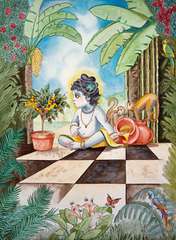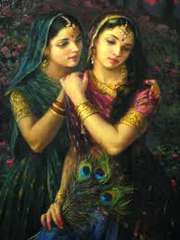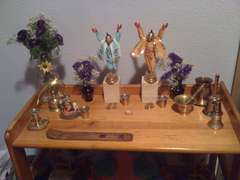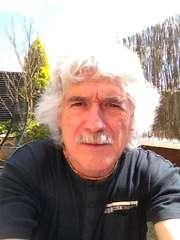DTC - Mo(7)
AGTSP
paoho
We are dying! These Krsna conscious austerities are killing us. Japa every day. Mangala arati, letters, essays, plans, gardening. <img alt="smiley" height="24" src="http://hps.monkeywarrior.com/sites/all/libraries/ckeditor/plugins/smiley/images/regular_smile.png" title="smiley" width="24" /> <img alt="smiley" height="24" src="http://hps.monkeywarrior.com/sites/all/libraries/ckeditor/plugins/smiley/images/regular_smile.png" title="smiley" width="24" /> <img alt="smiley" height="24" src="http://hps.monkeywarrior.com/sites/all/libraries/ckeditor/plugins/smiley/images/regular_smile.png" title="smiley" width="24" /> <img alt="smiley" height="24" src="http://hps.monkeywarrior.com/sites/all/libraries/ckeditor/plugins/smiley/images/regular_smile.png" title="smiley" width="24" />
"The kingdom of God is for none but the completely dead"
Maybe we will die today!
Will we be well known after we are dead?
Bh. Vinode Thakura said that if you can do your service your whole life with no concern that anybody notices it, that is pure devotional service.
Today we trimmed the hedges, washed and ironed our clothes as usual. Offered an orange, yogurt, almonds, Mother Matsya's chile and Murari cow's milk and a bananana and some of M. Matsya's subji this evening to Lord Nrsmhadeva.
We did our power-point show for SB Hawaii for Friday and thought a lot about whether or not we are a cheating Swami and Guru.
We answered some secret letters from some crazy or super sane people and caught up the Blog letters to just one week ago except for about 5-letters left from India.
We went for our 44.5 minute walk with NGD as always and it was COLD and WINDY!
Did our first draft of our Vyasa puja offering after lots and lots of thought.
Next few days we have to finish our 15-pages of Bhakti-Vaibhava essays.
Really we can't do all this. Most of it is really being done by Krsna. He inspires our mind and intelligence and the work goes on!
Tommorrow is the anniversary of the Appearance Day of Lord Ramacandra. It can be the birth of a new level of spiritual life for us if we chose, use our intelligence, beg borrow or steal, but get ghee for Krsna.
<img alt="angel" height="24" src="http://hps.monkeywarrior.com/sites/all/libraries/ckeditor/plugins/smiley/images/angel_smile.png" title="angel" width="24" /> - <img alt="devil" height="24" src="http://hps.monkeywarrior.com/sites/all/libraries/ckeditor/plugins/smiley/images/devil_smile.png" title="devil" width="24" />
TB/BW et al



